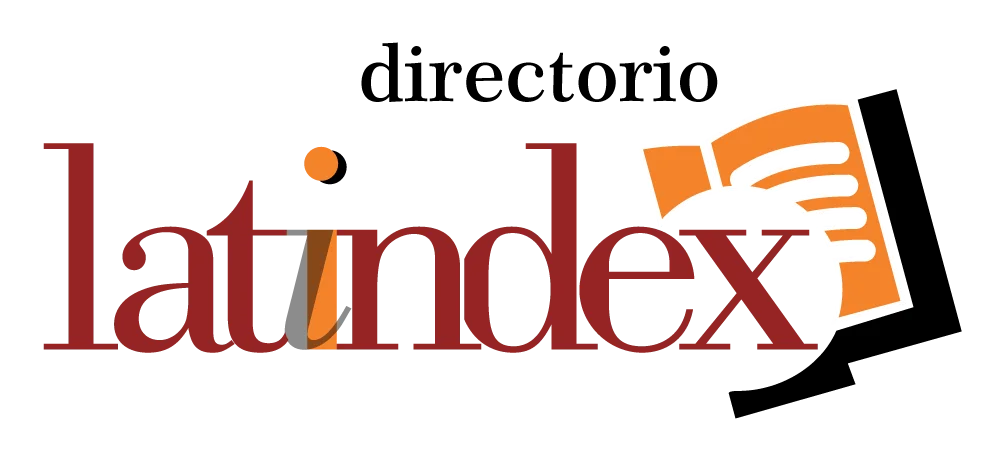Physical activity in childhood: benefits, barriers, and educational strategies
DOI:
https://doi.org/10.56294/ri2025200Keywords:
childhood, physical activity, comprehensive development, school health, academic performanceAbstract
Introduction: The research addressed the importance of physical activity in childhood as an essential element for comprehensive development. It was highlighted that regular exercise not only strengthened physical health but also influenced cognitive, social, and emotional well-being. From an early age, the establishment of active habits prevented chronic diseases and laid the foundations for a healthy lifestyle, with immediate and long-term benefits.
Development: Physical activity was defined as any bodily movement that increased energy expenditure above the basal level. In children aged 5 to 10, regular exercise promoted motor development, coordination, balance, and flexibility, as well as strengthening the cardiovascular, pulmonary, and muscular systems. The literature showed that physically active children achieved greater self-esteem, confidence, and social interaction skills. Academically, physical activity was associated with better school performance, greater concentration, and a greater willingness to learn. However, limitations persisted, such as a lack of resources, time, and teacher training, as well as differing attitudes among parents and educators. In response, schools became key spaces for implementing physical education programs, extracurricular activities, and active recess, contributing to the creation of a culture oriented toward well-being.
Conclusions: The study concluded that physical activity in childhood was a decisive factor for health and comprehensive education. Overcoming structural and cultural barriers required the joint commitment of families, teachers, and authorities. Thus, promoting physical activity in children not only had an impact in the present but also projected lasting benefits for future quality of life.
References
1. Gallego J, Alcaraz M. VI Congreso internacional de deporte inclusivo. Almería: Editorial Universidad de Almería; 2018 [citado 2025 sep 11]. Disponible en: https://www.google.com.ec/books/edition/VI_Congreso_internacional_de_deporte_inc/WL9QDwAAQBAJ
2. Gil P. Diseño y desarrollo curricular en educación física y educación infantil. Sevilla: Wanceulen Editorial; 2004 [citado 2025 sep 11]. Disponible en: https://www.google.com.ec/books/edition/Dise%C3%B1o_y_Desarrollo_Curricular_en_Educa/1oYxDwAAQBAJ
3. López R. Estrategias lúdicas para motivar la práctica de la actividad física: el ejemplo de los estudiantes del ciclo cuarto. Múnich: GRIN Verlag; 2017 [citado 2025 sep 11]. Disponible en: https://www.google.com.ec/books/edition/Estrategias_l%C3%BAdicas_para_motivar_la_pr/FAr-DQAAQBAJ
4. McLennan N, Thompson J. Educación física de calidad. París: UNESCO Publishing; 2015 [citado 2025 sep 11]. Disponible en: https://www.google.com.ec/books/edition/Educaci%C3%B3n_F%C3%ADsica_de_Calidad/COTvCAAAQBAJ
5. Nemiña E, Rodríguez J, Suelves M. La educación física en la escuela: recursos, experiencias y prácticas innovadoras en educación infantil y primaria. Madrid: Dykinson; 2024 [citado 2025 sep 11]. Disponible en: https://www.google.com.ec/books/edition/La_educaci%C3%B3n_f%C3%ADsica_en_la_escuela_recu/nPj_EAAAQBAJ
6. Ordoñez M. La actividad física y la prevención de la obesidad en los niños de la escuela Miguel Lriofrío número dos; Loja 2014 [tesis]. Loja: Universidad Nacional de Loja, Área de la Educación, el Arte y la Comunicación; 2015 [citado 2025 sep 11]. Disponible en: https://dspace.unl.edu.ec/jspui/bitstream/123456789/16797/1/Tesis%20Final%20Manuel.pdf
7. Organización Mundial de la Salud. Actividad física [Internet]. Ginebra: OMS; 2024 jun 26 [citado 2025 sep 11]. Disponible en: https://www.who.int/es/news-room/fact-sheets/detail/physical-activity
8. Ramírez R, Ruíz K, Correa J. Condición física, nutrición, ejercicio y salud en niños y adolescentes. Bogotá: Editorial Universidad del Rosario; 2016 [citado 2025 sep 11]. Disponible en: https://www.google.com.ec/books/edition/Condici%C3%B3n_f%C3%ADsica_nutrici%C3%B3n_ejercicio/Vl0yDwAAQBAJ
Published
Issue
Section
License
Copyright (c) 2025 Ruth Elizabeth Calderón Landívar, Valeria Denisse Granda Moreira, Angie Nicole Bonilla Mora, Jenrry Fredy Chávez-Arizala (Author)

This work is licensed under a Creative Commons Attribution 4.0 International License.
The article is distributed under the Creative Commons Attribution 4.0 License. Unless otherwise stated, associated published material is distributed under the same licence.





